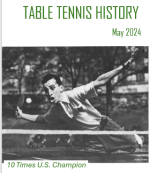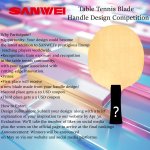I have never seen the wheel before. Looks interesting.
One thing I notice in the video, the elbow rises considerably more with the real ball than with the wheel. And the wheel does not move, whereas you are trying to get the ball to go where you want it to and you are thinking you have to move it, not just spin it in place. The stroke looks pretty decent with both the wheel and the ball though. However, with the ball, it looks like you are thinking you need more power than you do. The snap from the elbow will be enough but sometimes our head says we have to put more on the ball than we need to. So, with the ball, your elbow moves several inches farther than with the wheel.
Also, your follow through ends up further across with the ball, which is really the same statement as that the elbow moves more. Will the wheel ultimately help you get the elbow to stay stable when you want that? Will the wheel help you brush the ball on all your strokes even when the ball comes faster and you are a little rushed? It certainly could help. A lot of that is muscle memory, so having the wheel stroke right next to the real stroke could help you feel and cut down the real stroke and brush the ball more on the real stroke. Shadow practice with a mirror can also help. One of the guys who is helping me keeps saying: "feet and body fast, arm slow!" Although the point of the elbow snap is the acceleration and speed, I think he means controlled. Just by using the elbow joint the acceleration and speed will be there. With a backhand you can get a ton of pace and spin with a very small stroke, 3-4 inches of racket movement. With the forehand, the stroke can be small and just from the elbow and you can still get a ton of spin and speed to. This technique gives you more time to be ready to brush the next stroke as well.
But I think that is a pretty decent stroke.













